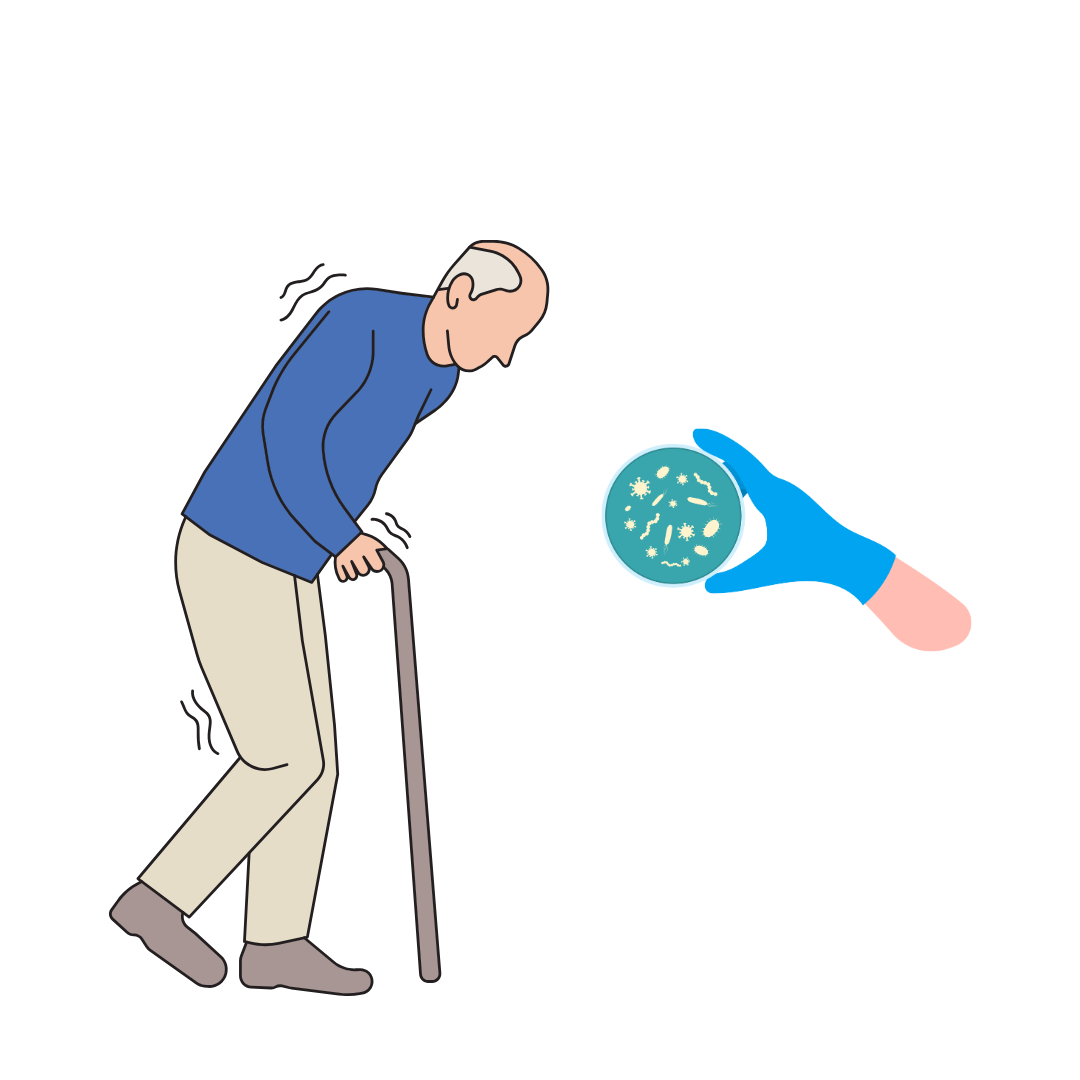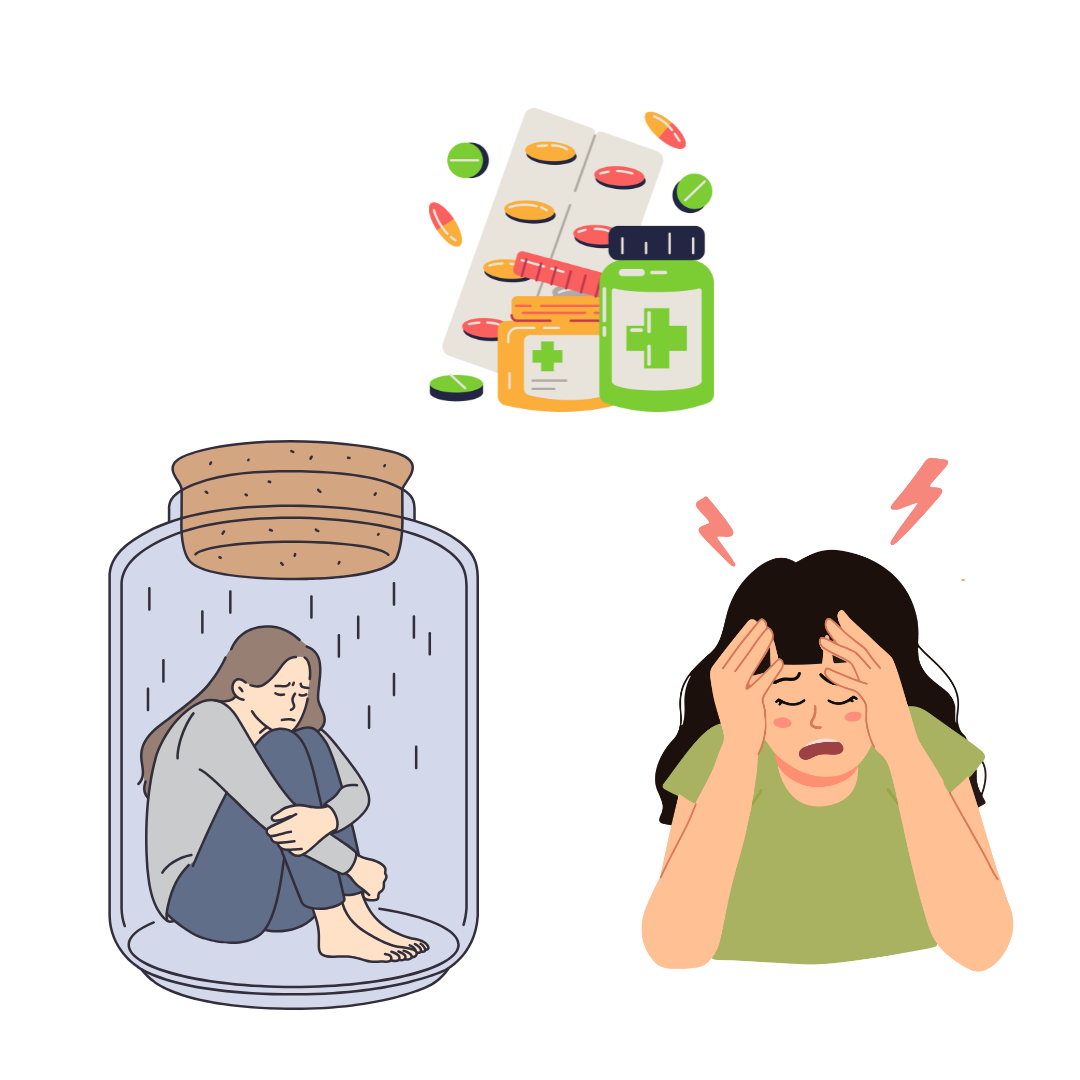Blog

Regenerating Hope: Stem Cell Breakthrough Signals New Era for Parkinson’s and Brain Disease Treatment
A major breakthrough in regenerative medicine is giving new hope to people with Parkinson’s disease. For the first time, scientists have used stem cells to repair damaged areas of the brain, restoring the cells that produce dopamine—the chemical needed for smooth movement and coordination. Patients in recent clinical trials showed remarkable improvements in mobility, sleep, and overall quality of life. This success marks a turning point in regenerative medicine, showing that it’s now possible to replace lost or damaged brain cells, not just manage symptoms. Experts believe this could open the door to future treatments for other brain disorders like Alzheimer’s and ALS.
Read More
Migraine Medication Fremanezumab May Also Ease Depression
A new international study has found that fremanezumab, a medication used to prevent migraines, may also help reduce symptoms of depression in people who experience both conditions. In the study, patients who took fremanezumab had fewer migraine days and felt less depressed compared to those who took a placebo. The benefits lasted throughout the study period, and side effects were generally mild or moderate. Experts say that using a single medication to treat both migraine and depression could make treatment easier, reduce costs, and lower the risk of side effects from taking multiple drugs. This makes fremanezumab a promising option for people struggling with both chronic migraine and depression.
Read More
Understanding Treatments for Nerve Pain: What You Should Know
A large review of studies on treatments for nerve pain found that some medications—like certain antidepressants and drugs that calm nerve signals—work best and are usually recommended first. Other treatments, like special patches containing capsaicin (the spicy part of chili peppers) or lidocaine creams, can help but are usually tried after the first options. Stronger treatments, such as botulinum toxin injections or opioids, are generally considered last because of potential side effects and risks. Doctors emphasize the importance of working together with patients to choose the best treatment based on individual needs, preferences, and access. More high-quality research is still needed to better understand which treatments work best over the long term.
Read More
Therapeutic Shoes Offer New Hope for Back and Knee Pain Relief — and May Delay Surgery
A new type of therapeutic shoe may help people with chronic back pain or knee arthritis feel better — and even delay the need for knee replacement surgery. The specially designed shoes, created by AposHealth, have adjustable pods under the soles that change how pressure moves through the feet and joints. In two recent studies, people who wore the shoes for just 15 minutes a day during regular activities reported greater pain relief and improved movement compared to those doing standard physical therapy. Over time, fewer people who used the shoes needed knee surgery. Experts say this simple, wearable treatment could be a convenient way for people to manage pain and stay active without relying on complicated exercise routines.
Read More
New Therapy Combines Nerve Stimulation and Talk Therapy to Help People Overcome Severe PTSD
Posttraumatic stress disorder (PTSD) is a serious mental health condition that can be difficult to treat, especially for people who don’t respond to traditional therapy or medication. A new study tested an innovative approach that combines a proven talk therapy called prolonged exposure therapy with gentle stimulation of the vagus nerve—a key nerve that helps regulate stress and emotions. Using a small implanted device, the nerve was activated during therapy sessions to help the brain form new, healthier connections. In a group of nine people with severe, treatment-resistant PTSD, all showed major improvements, and none met the criteria for PTSD after completing the therapy. The benefits lasted for at least six months, and no serious side effects were reported. This promising new treatment could lead to better options for people who have struggled to find relief from PTSD.
Read More